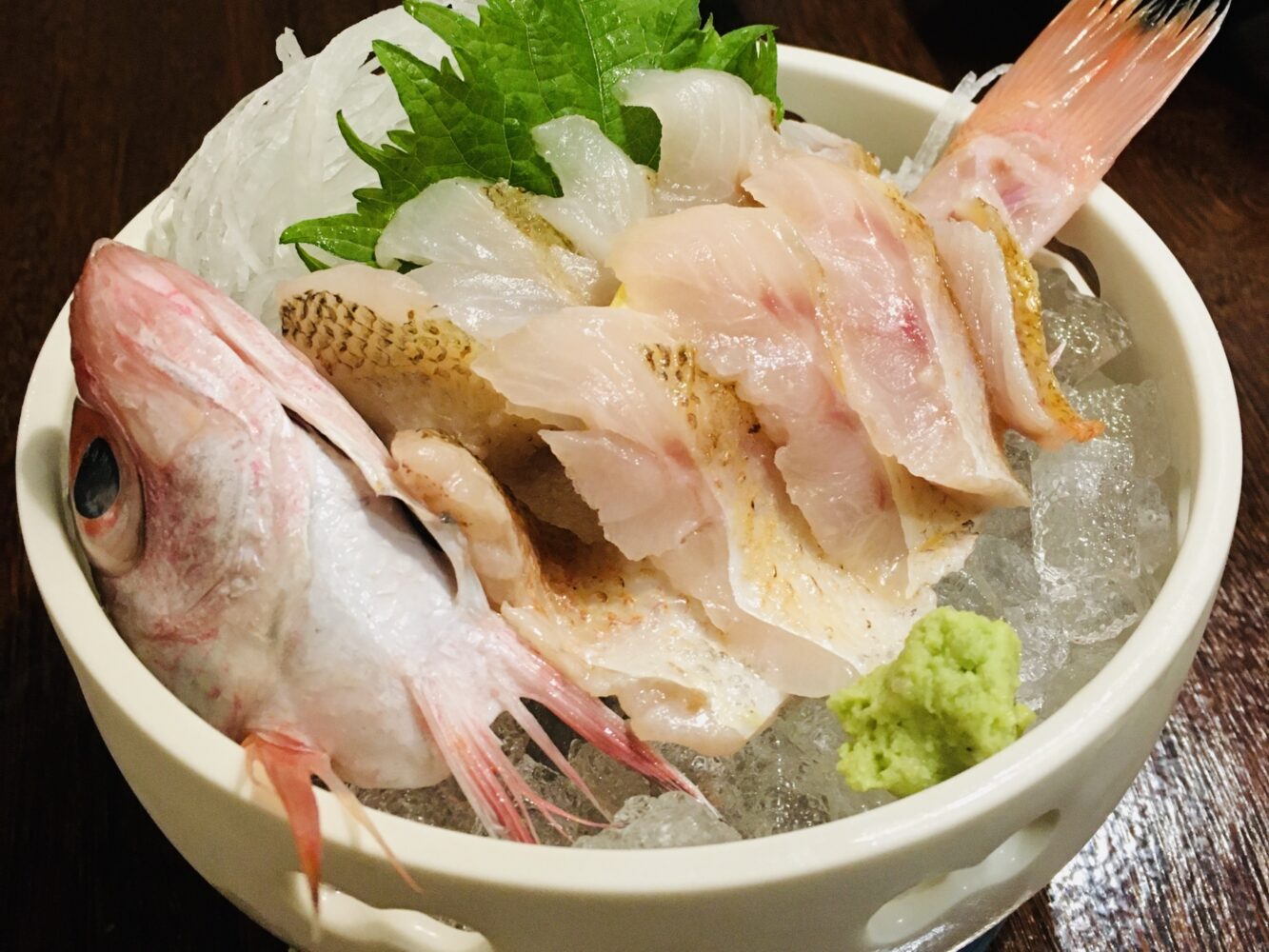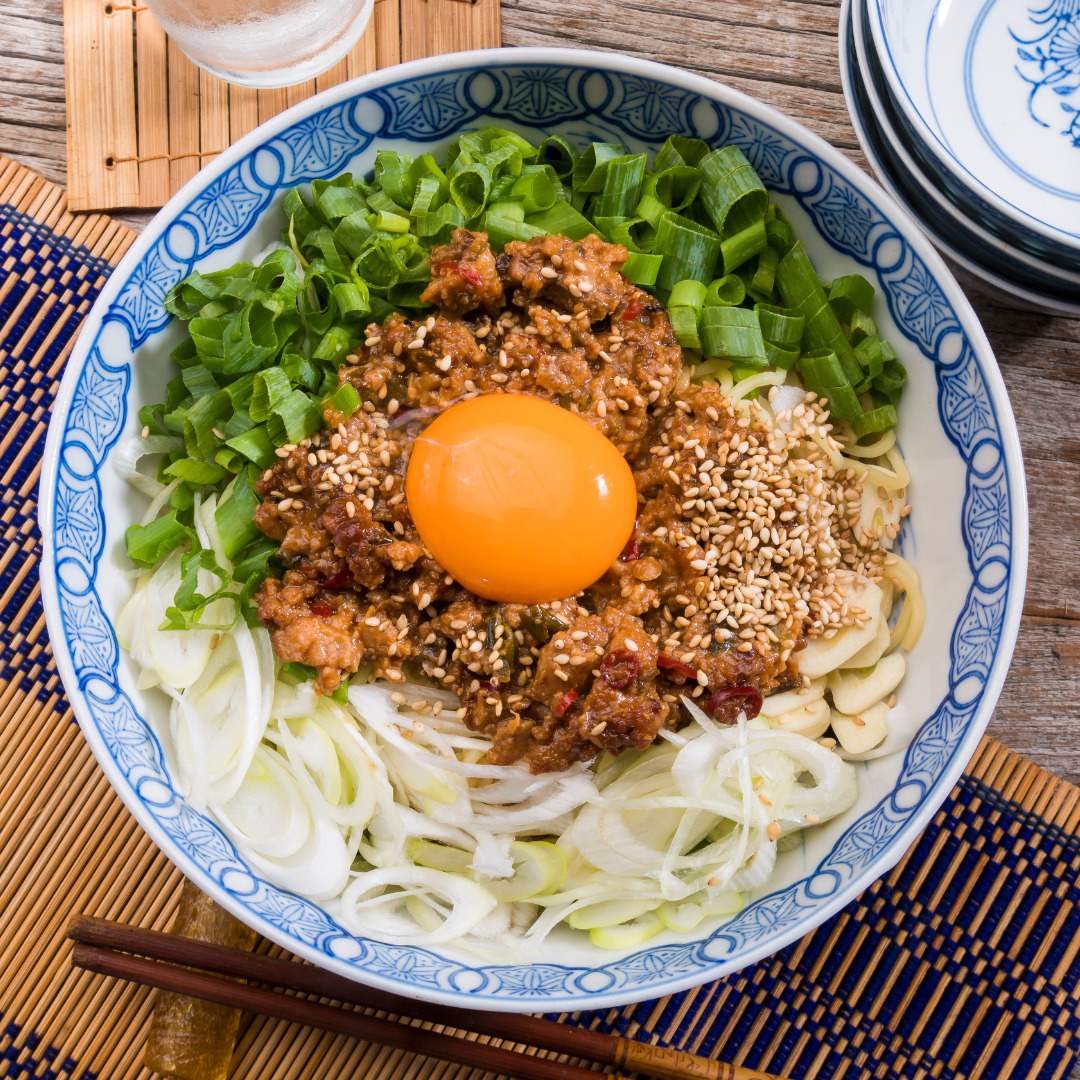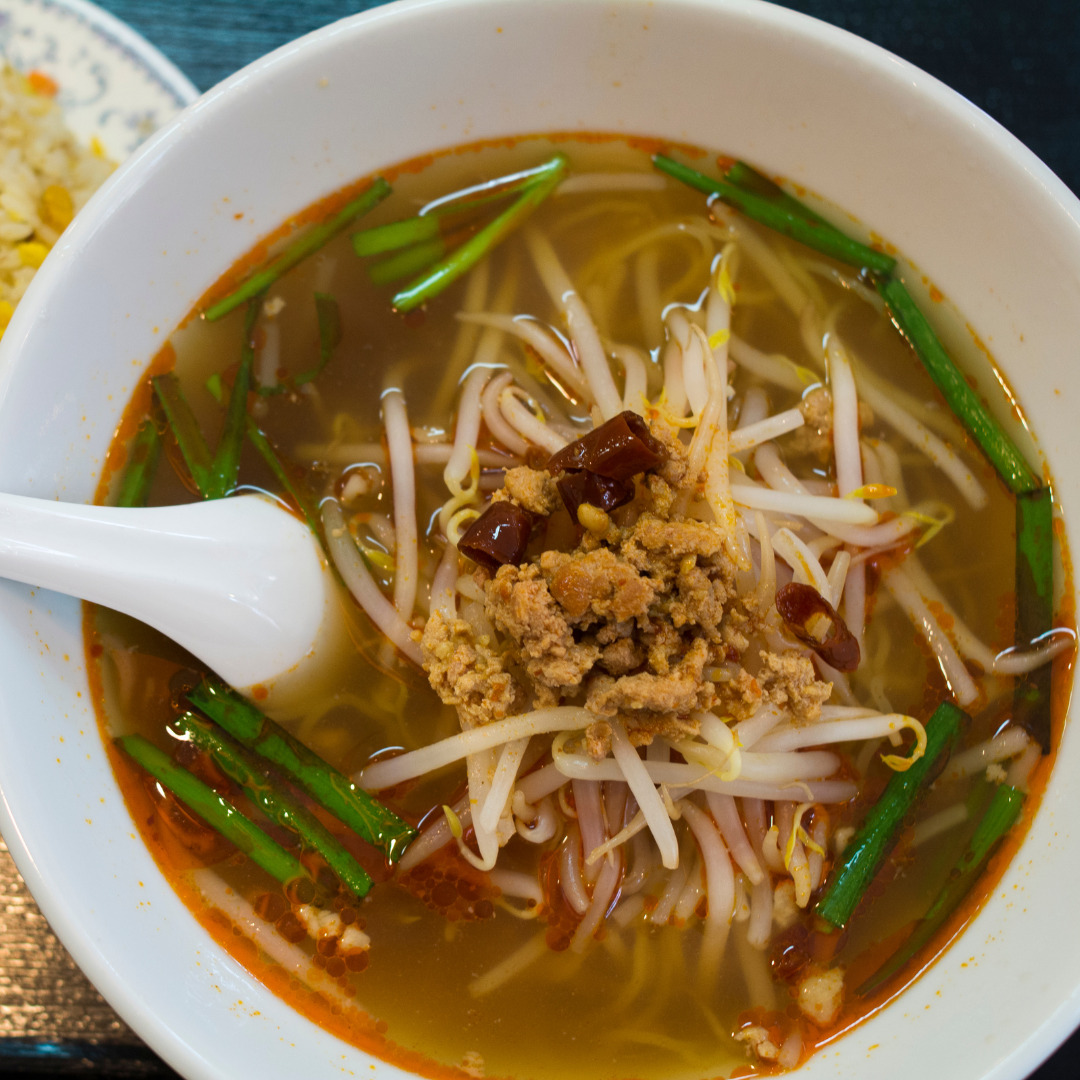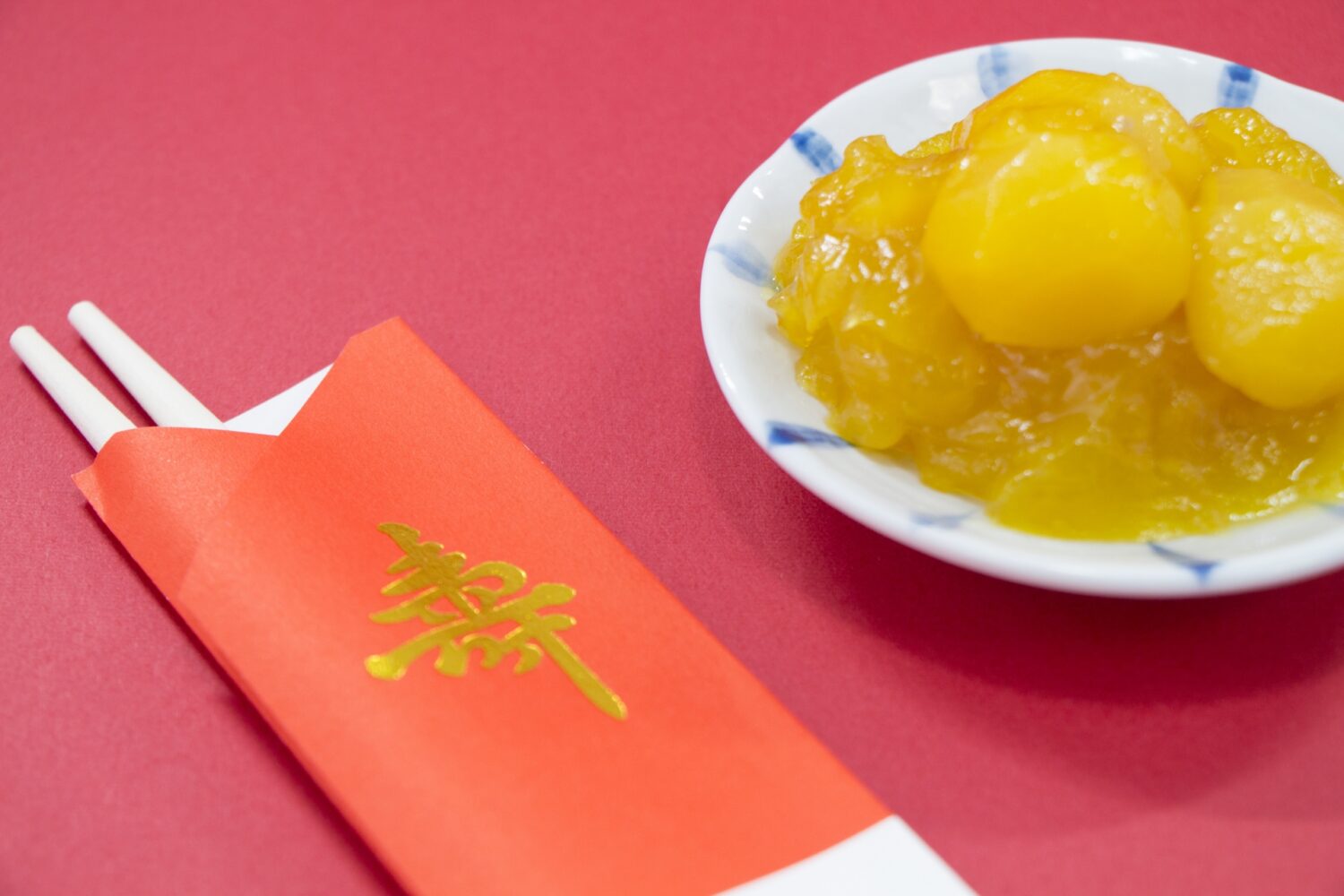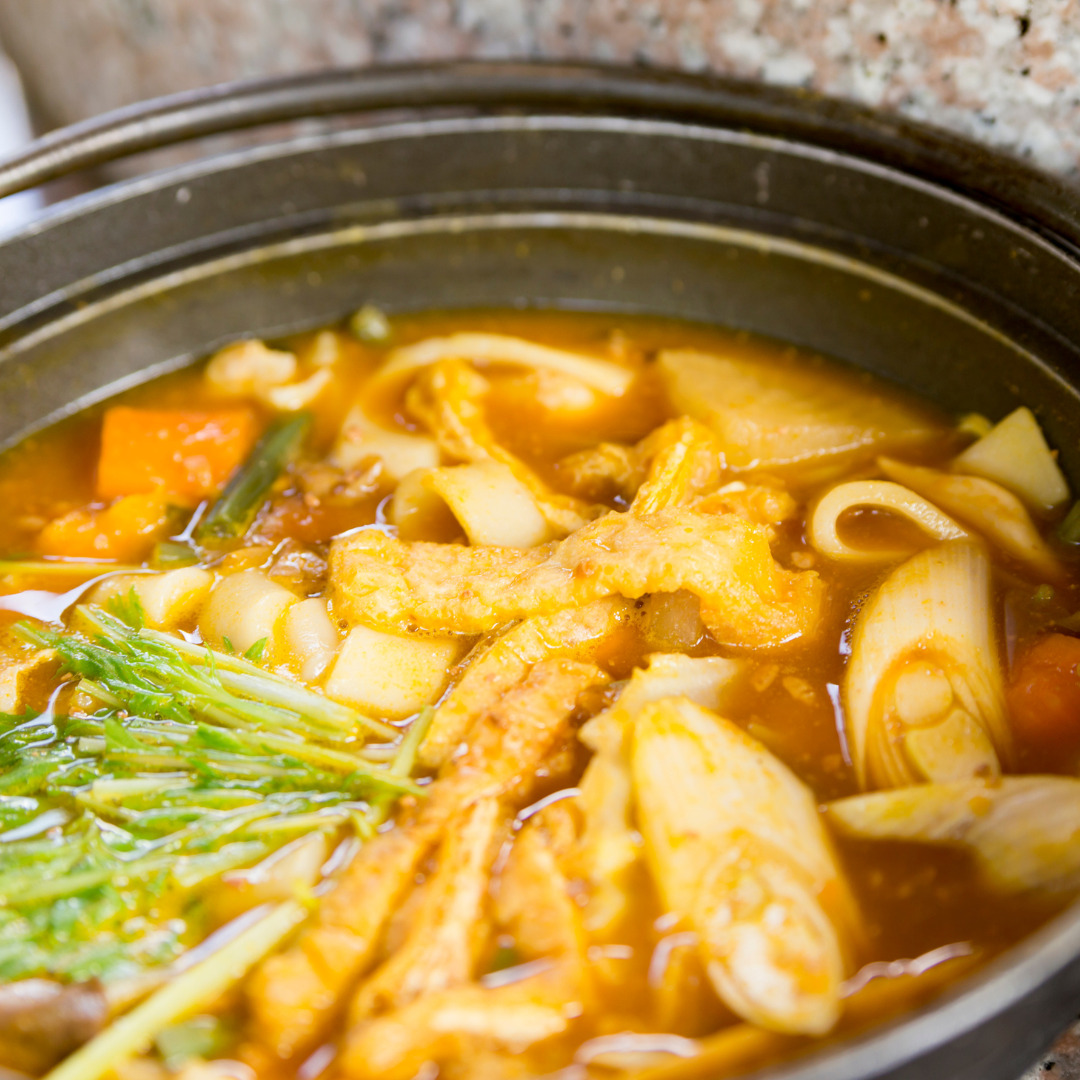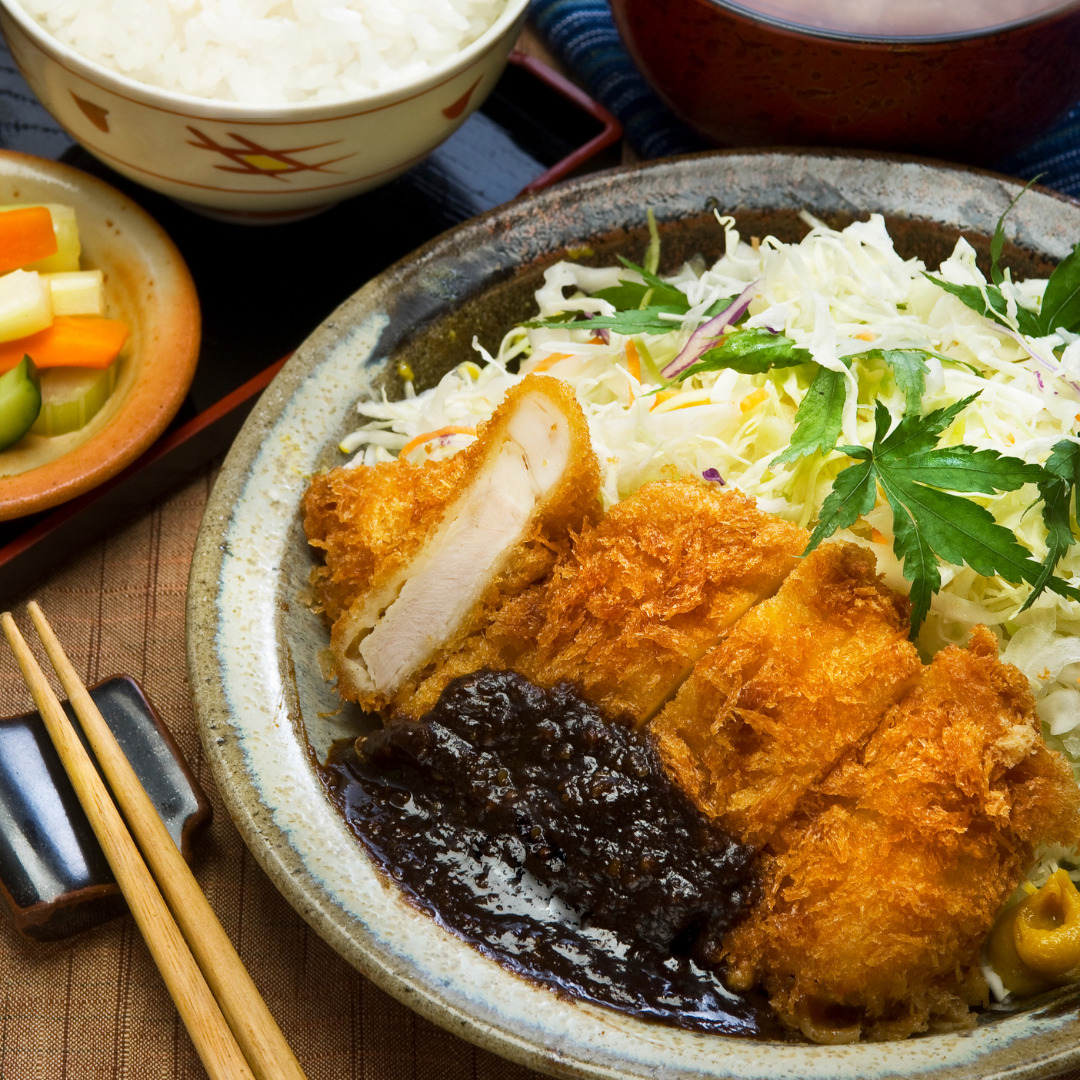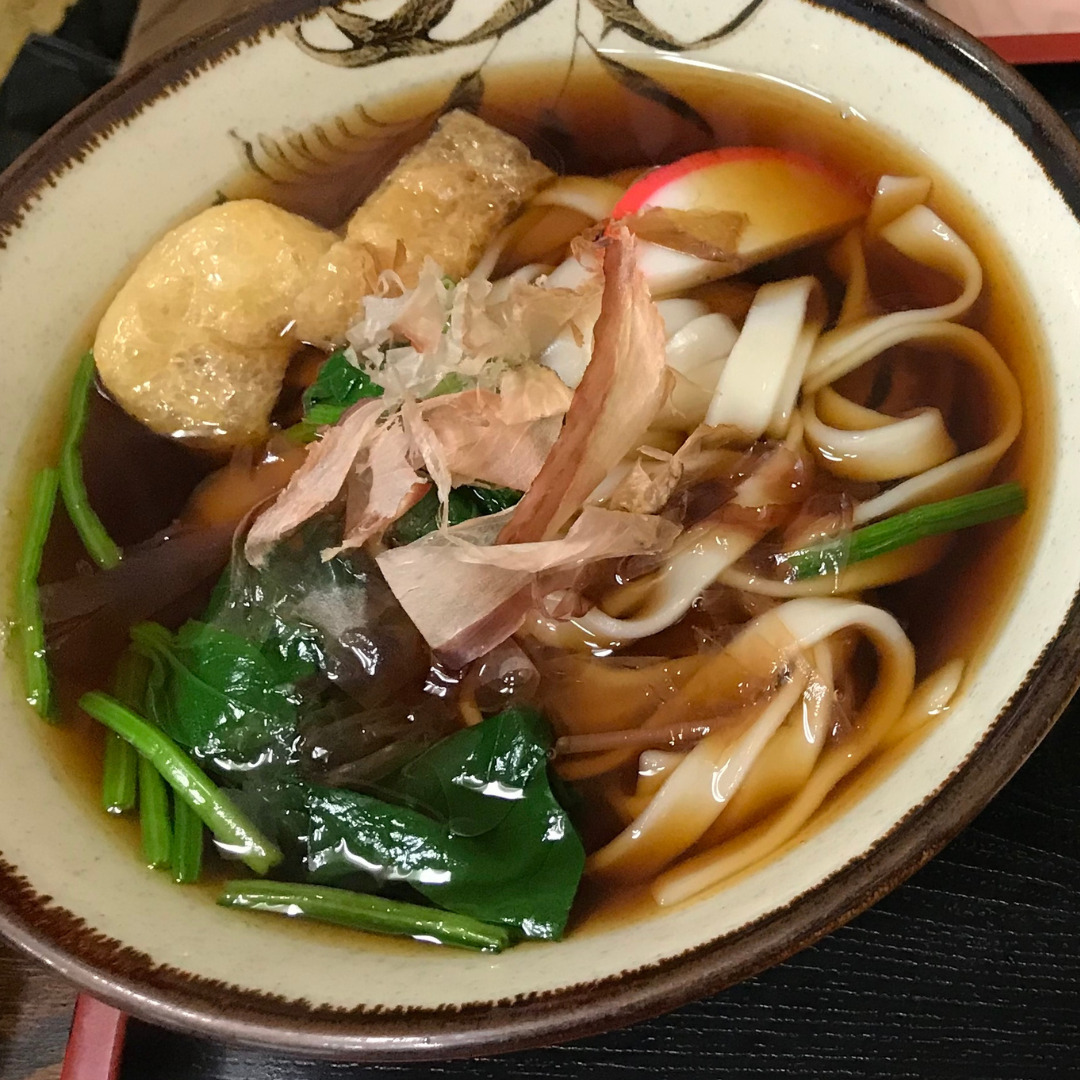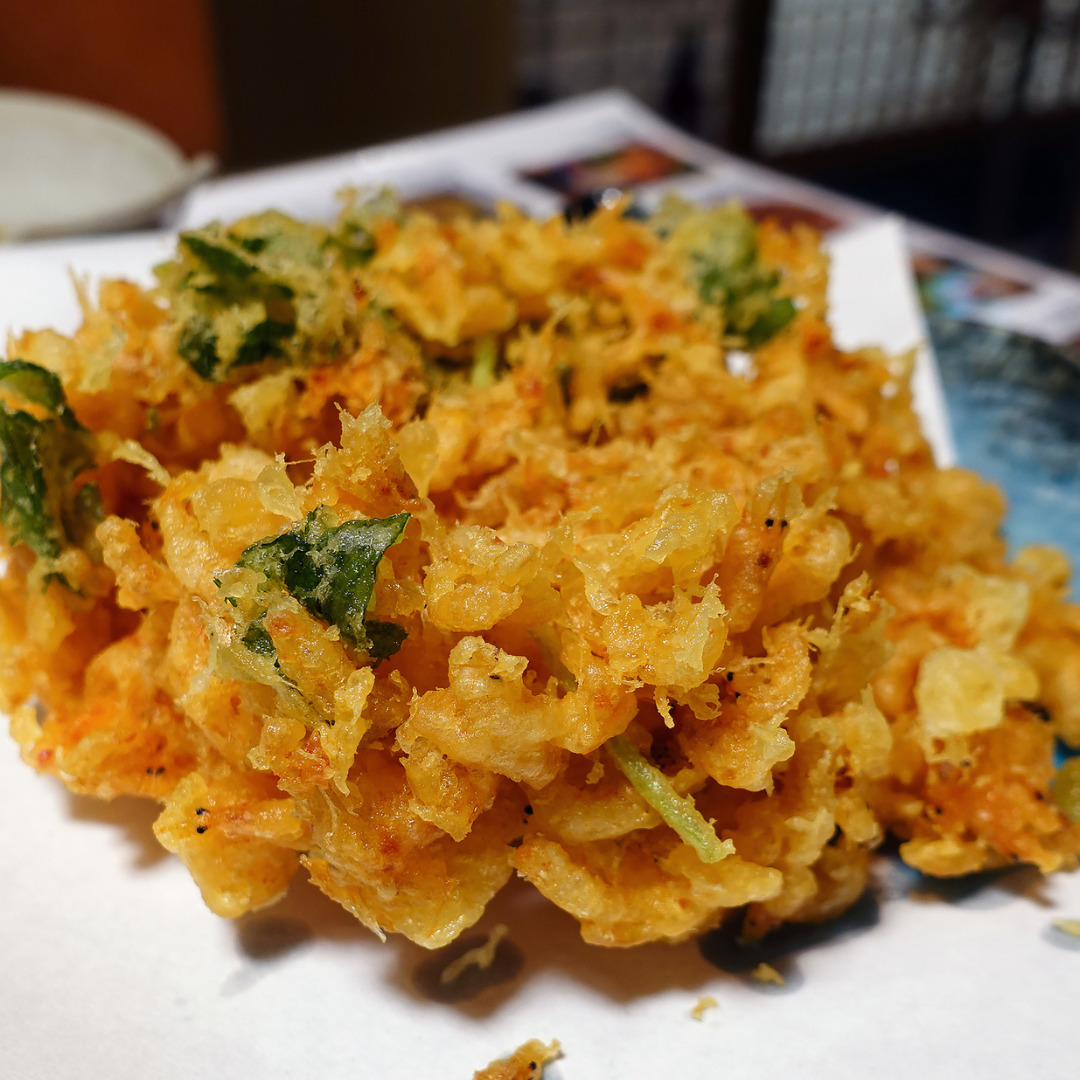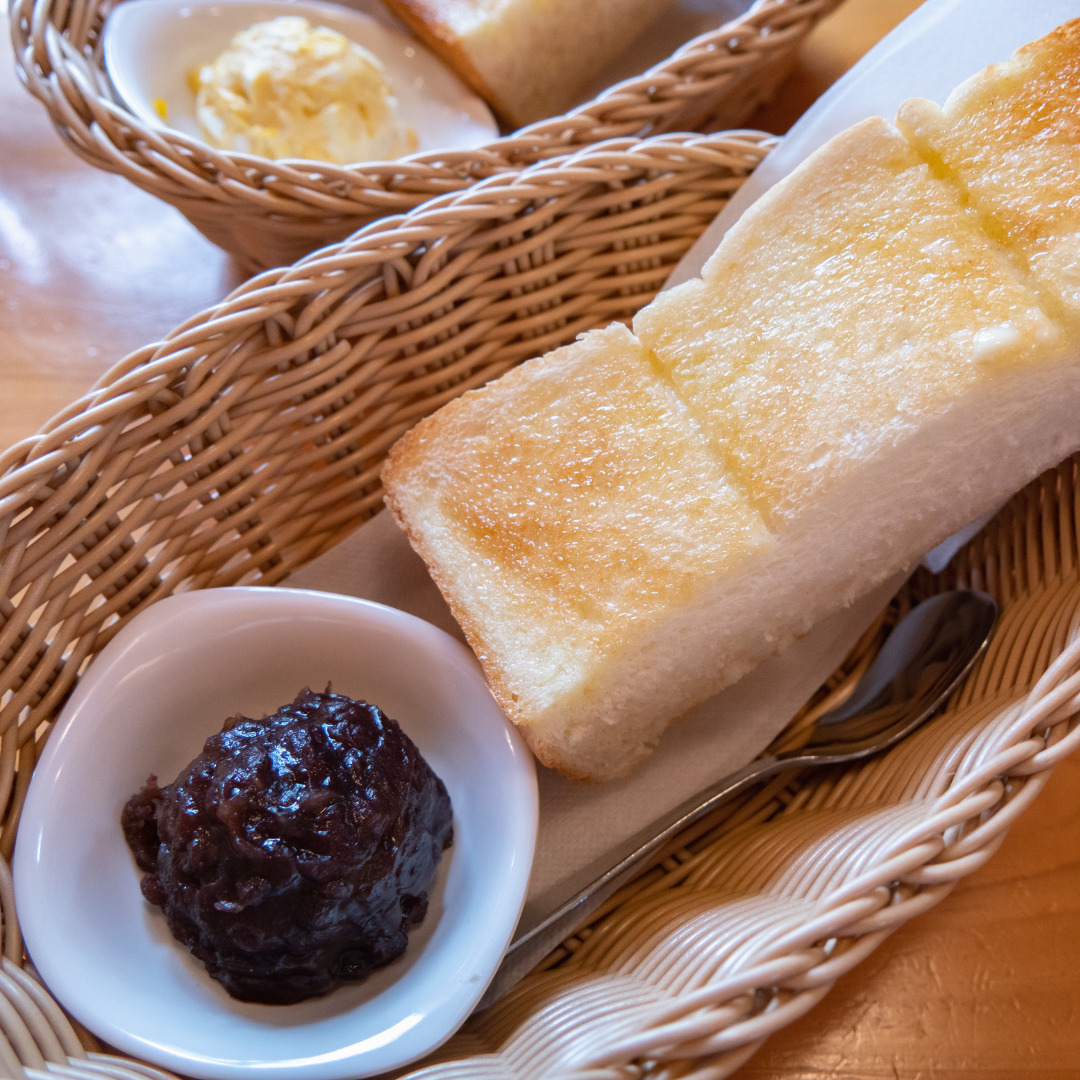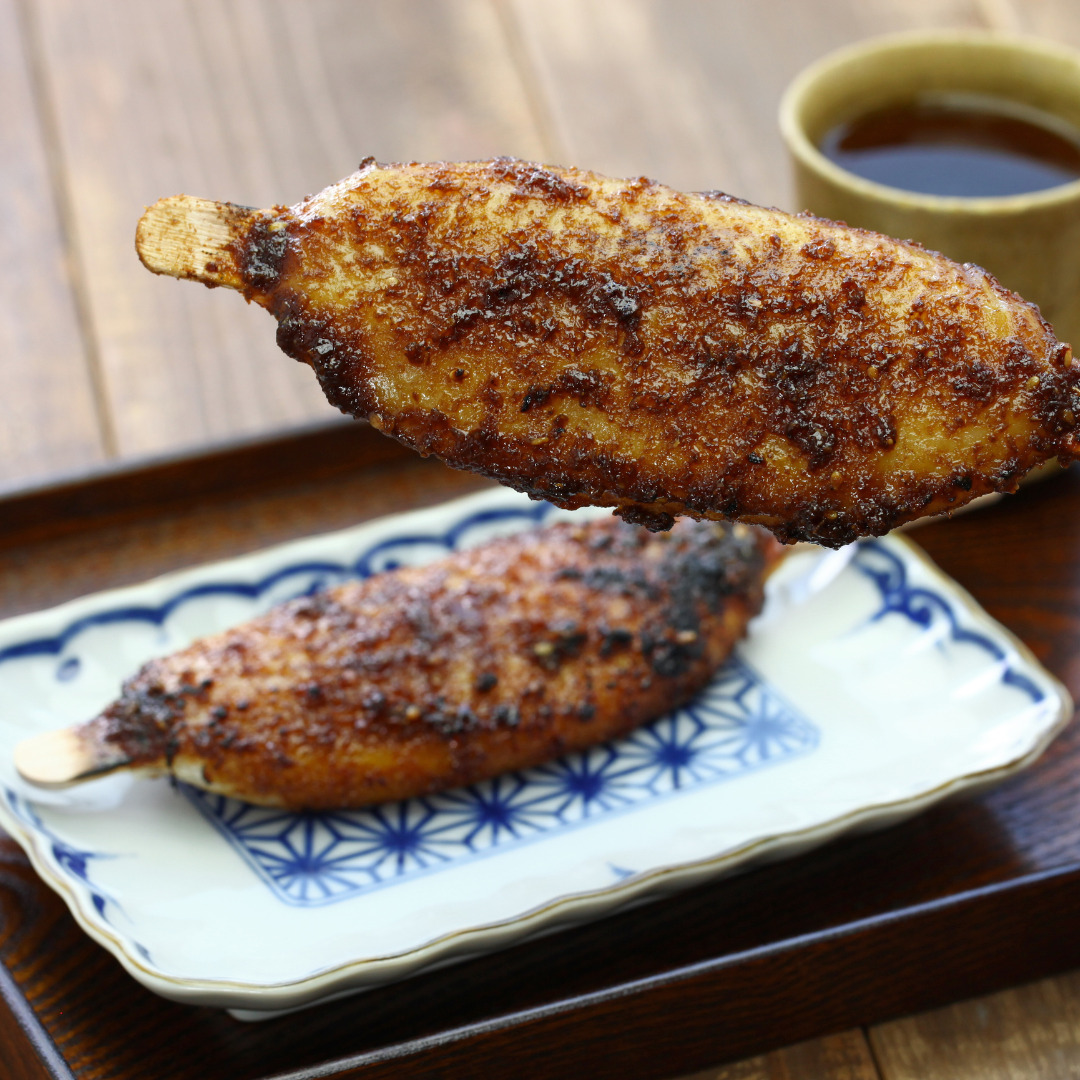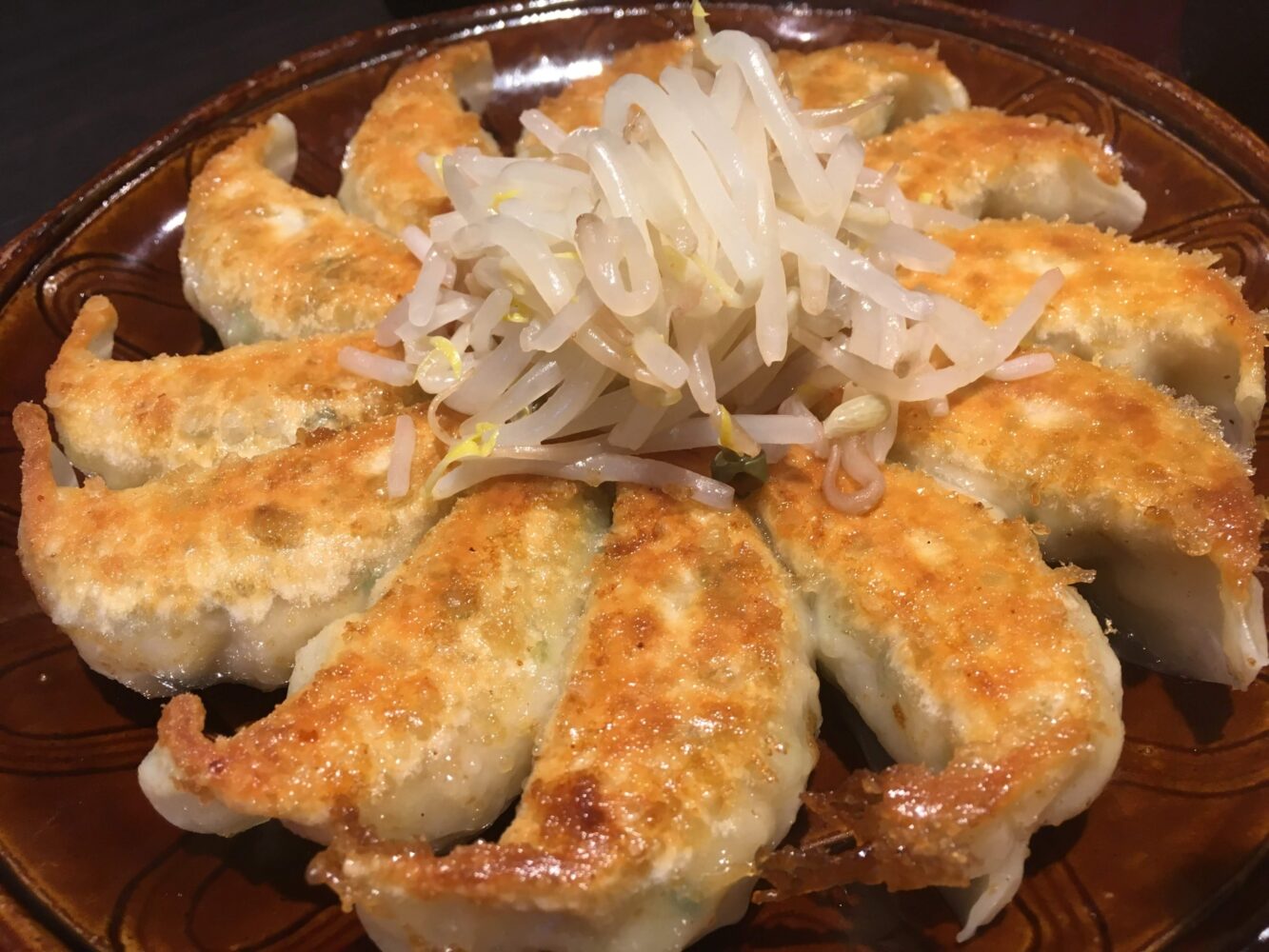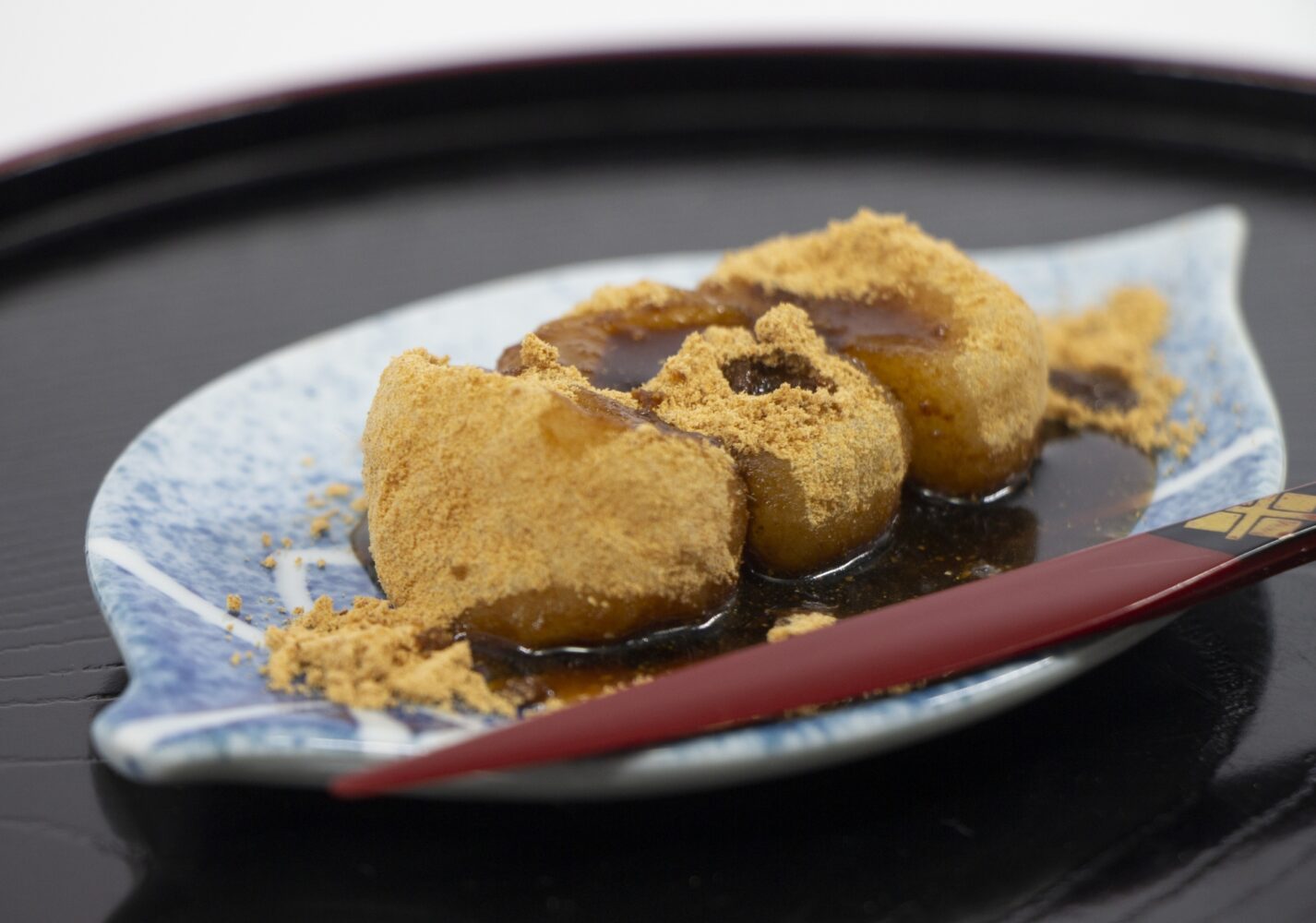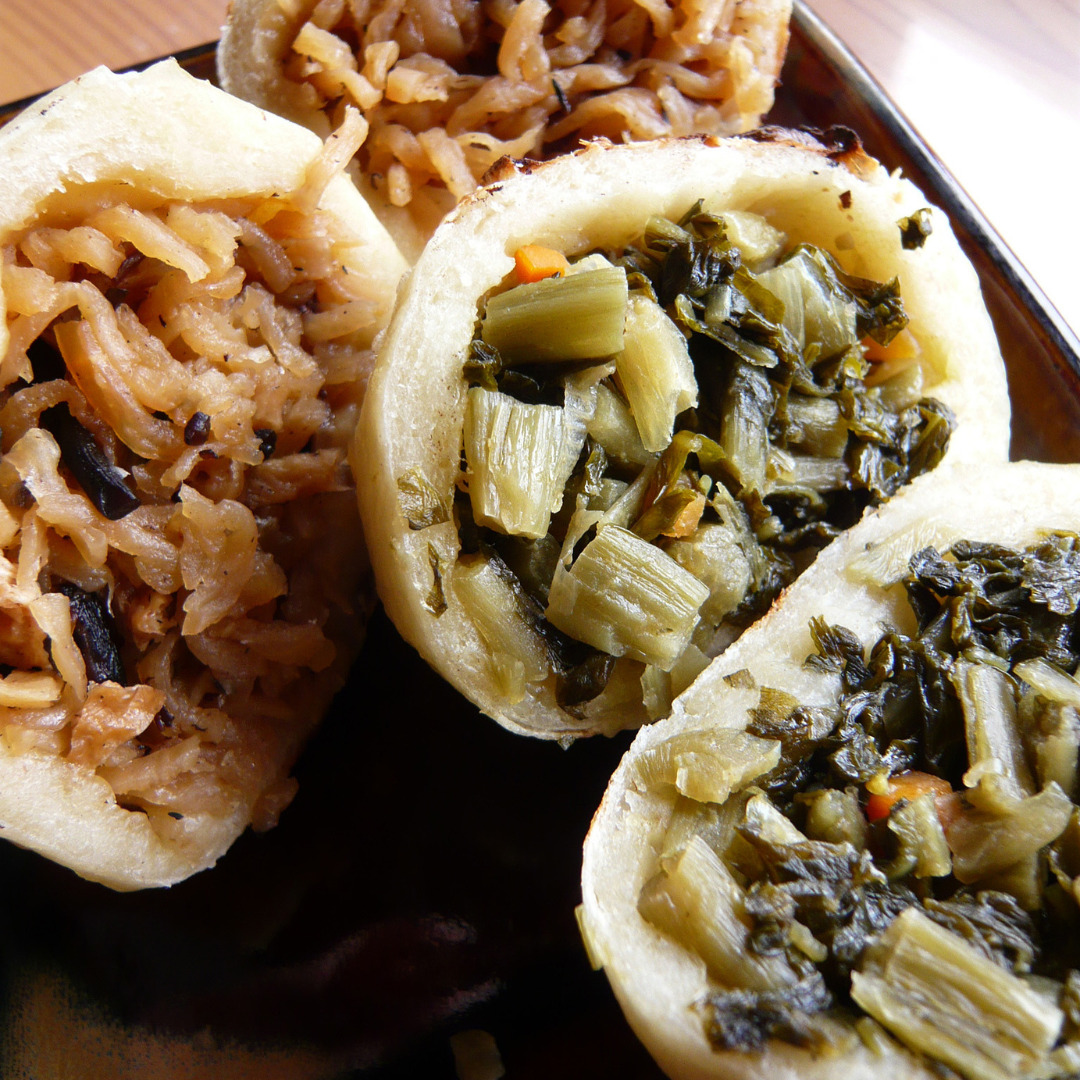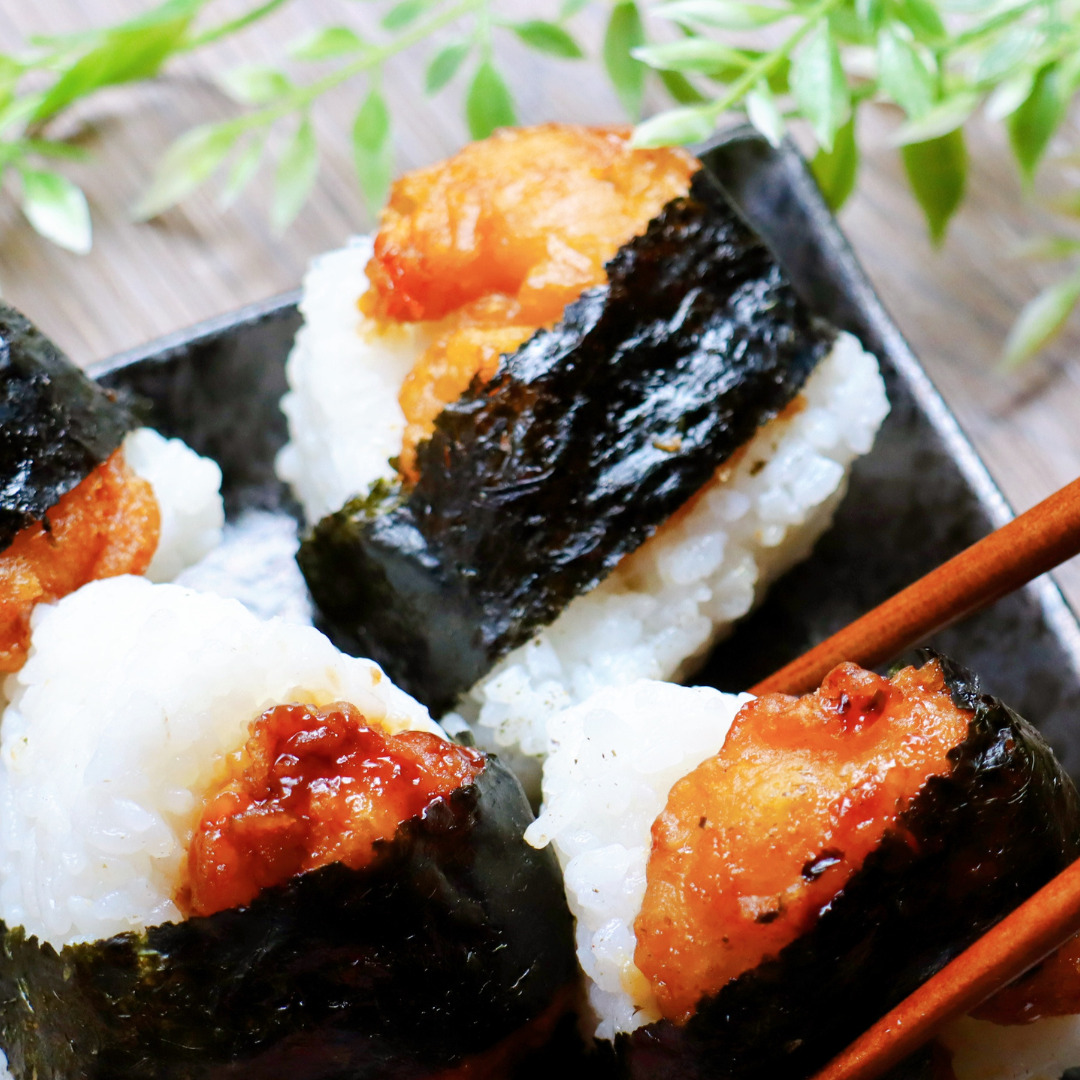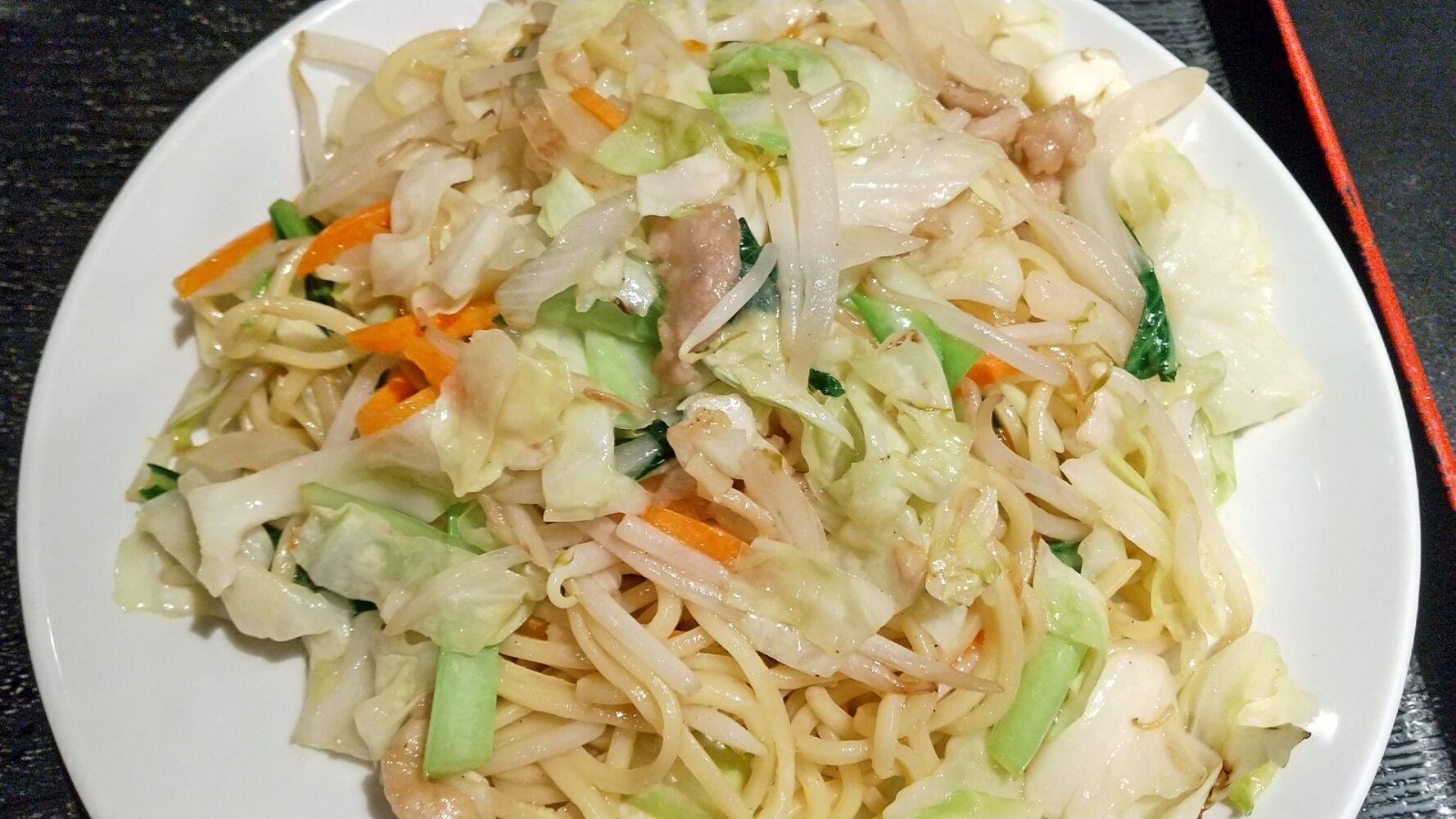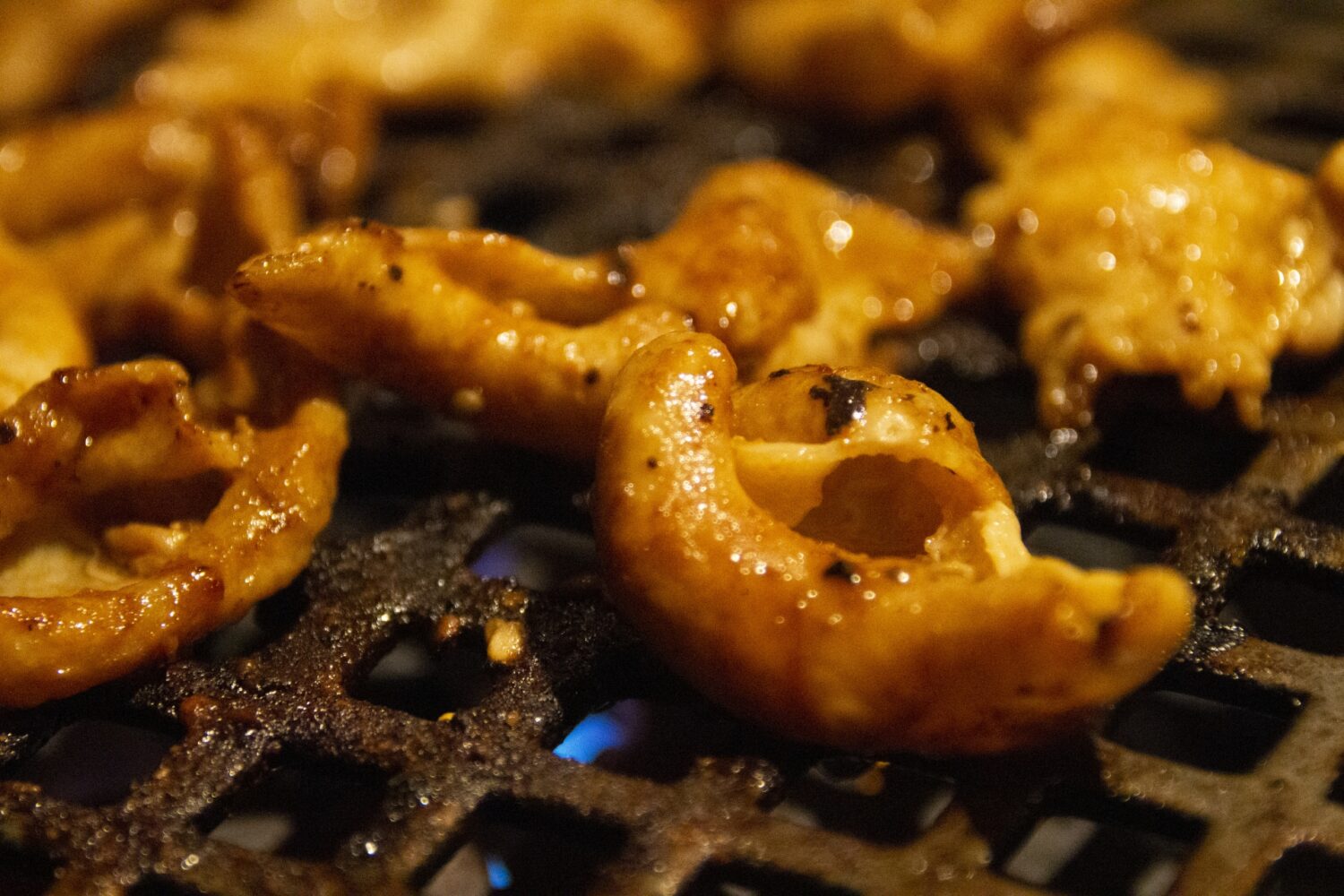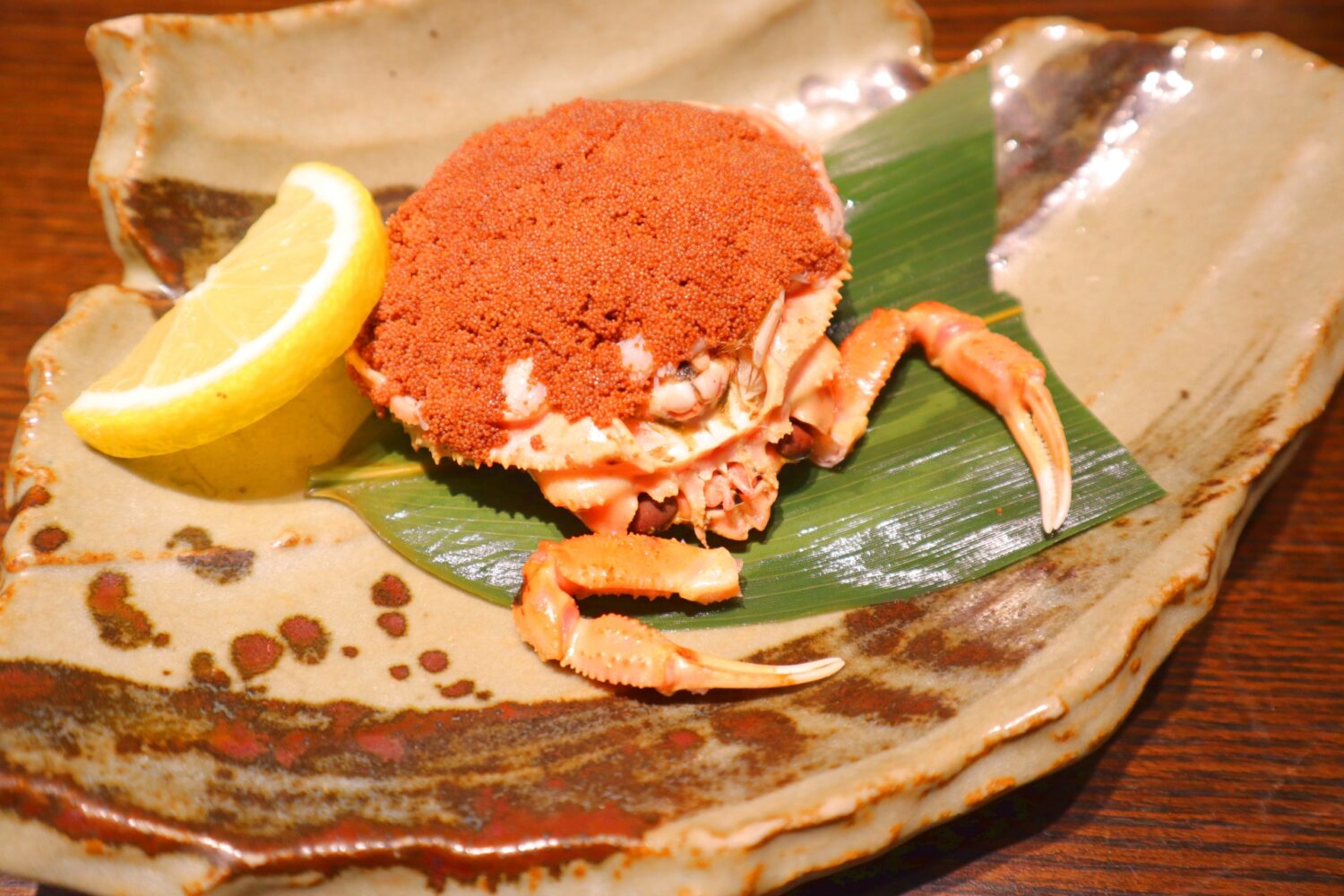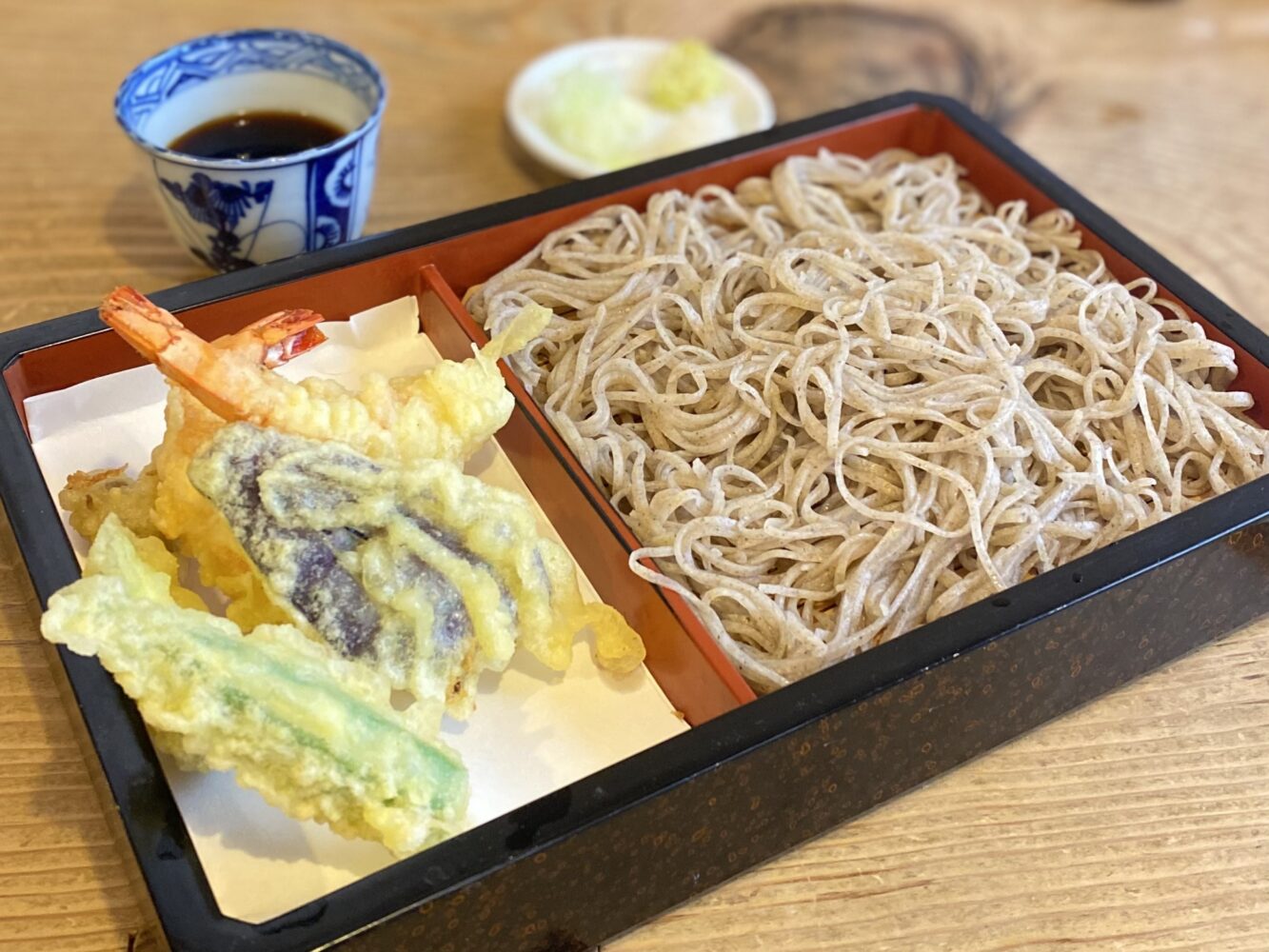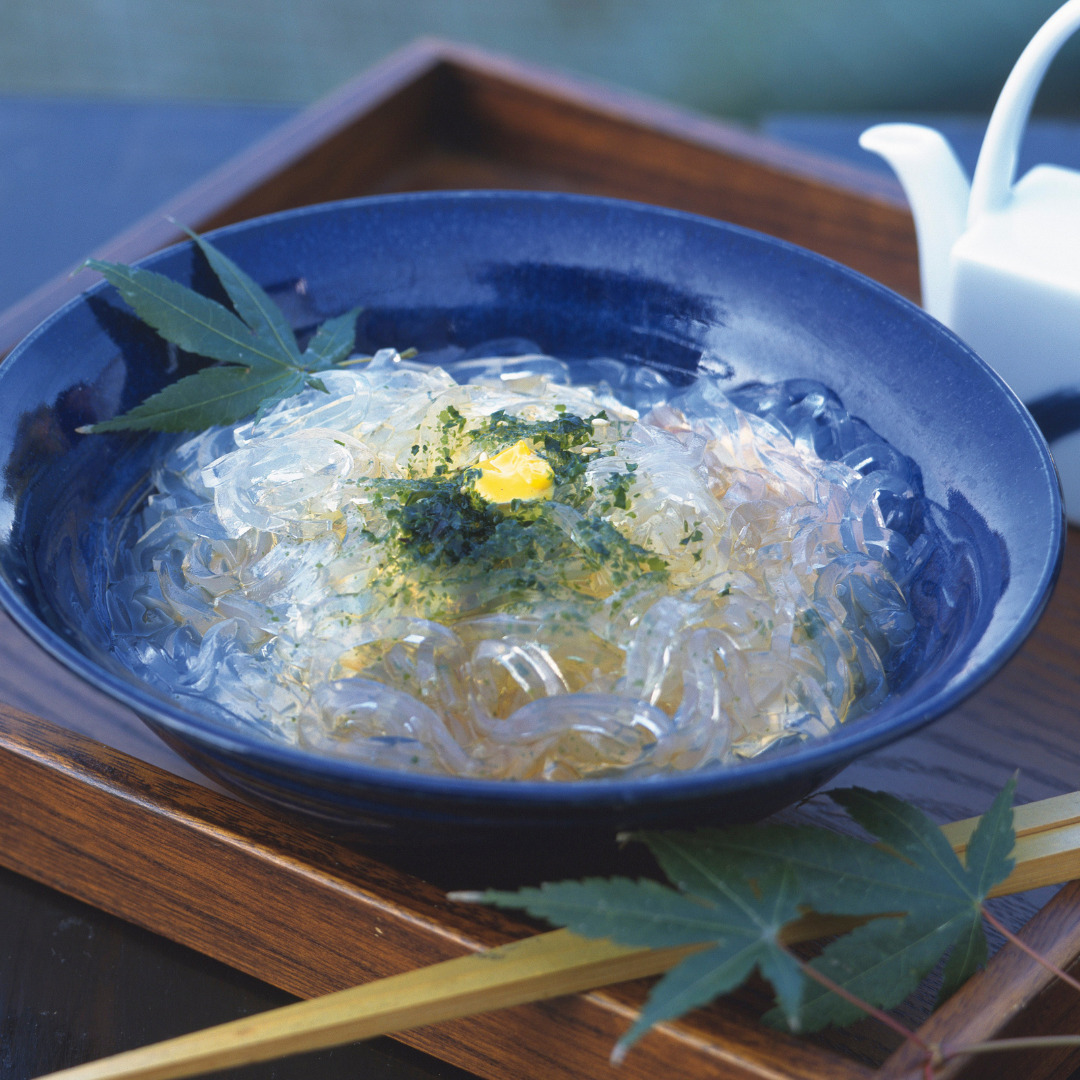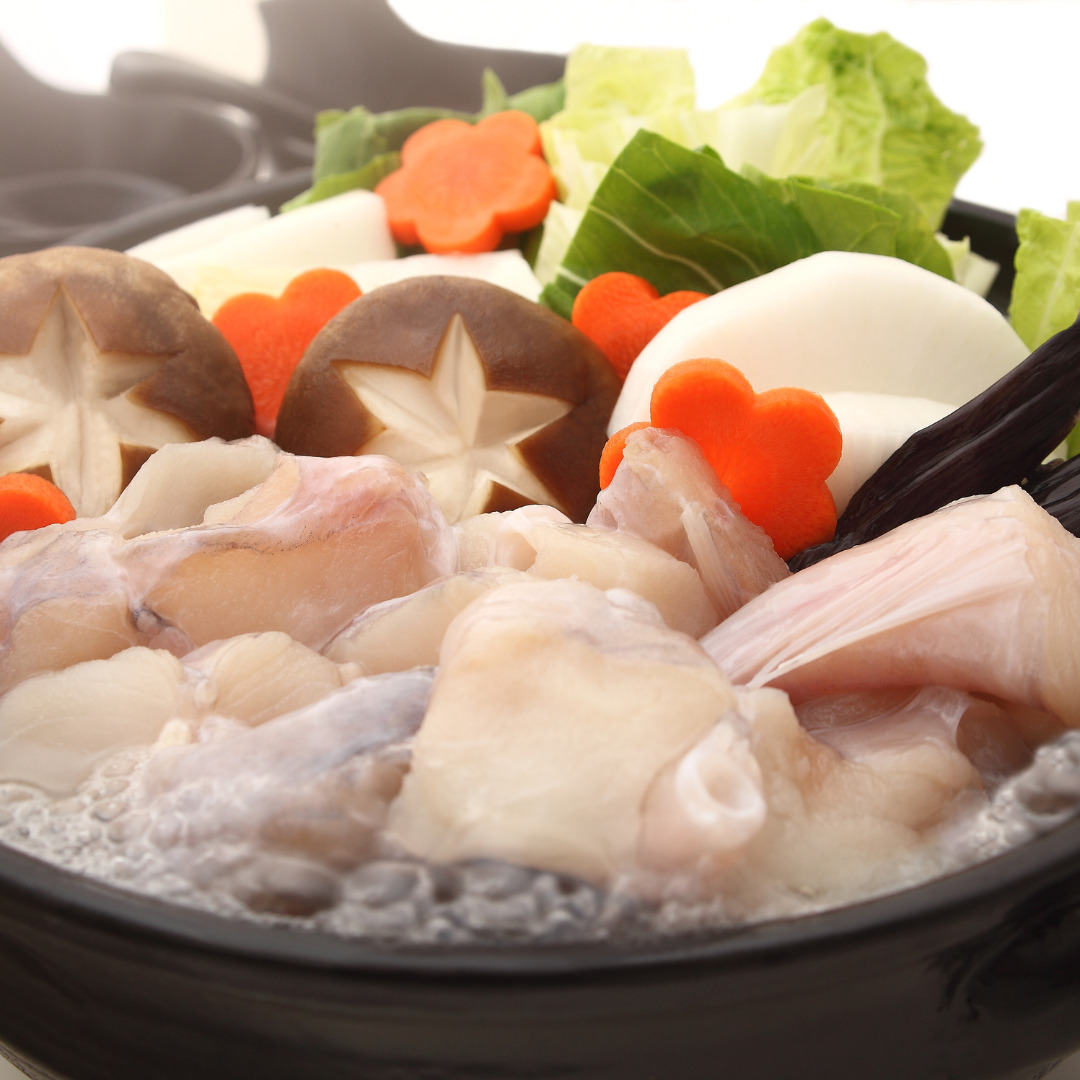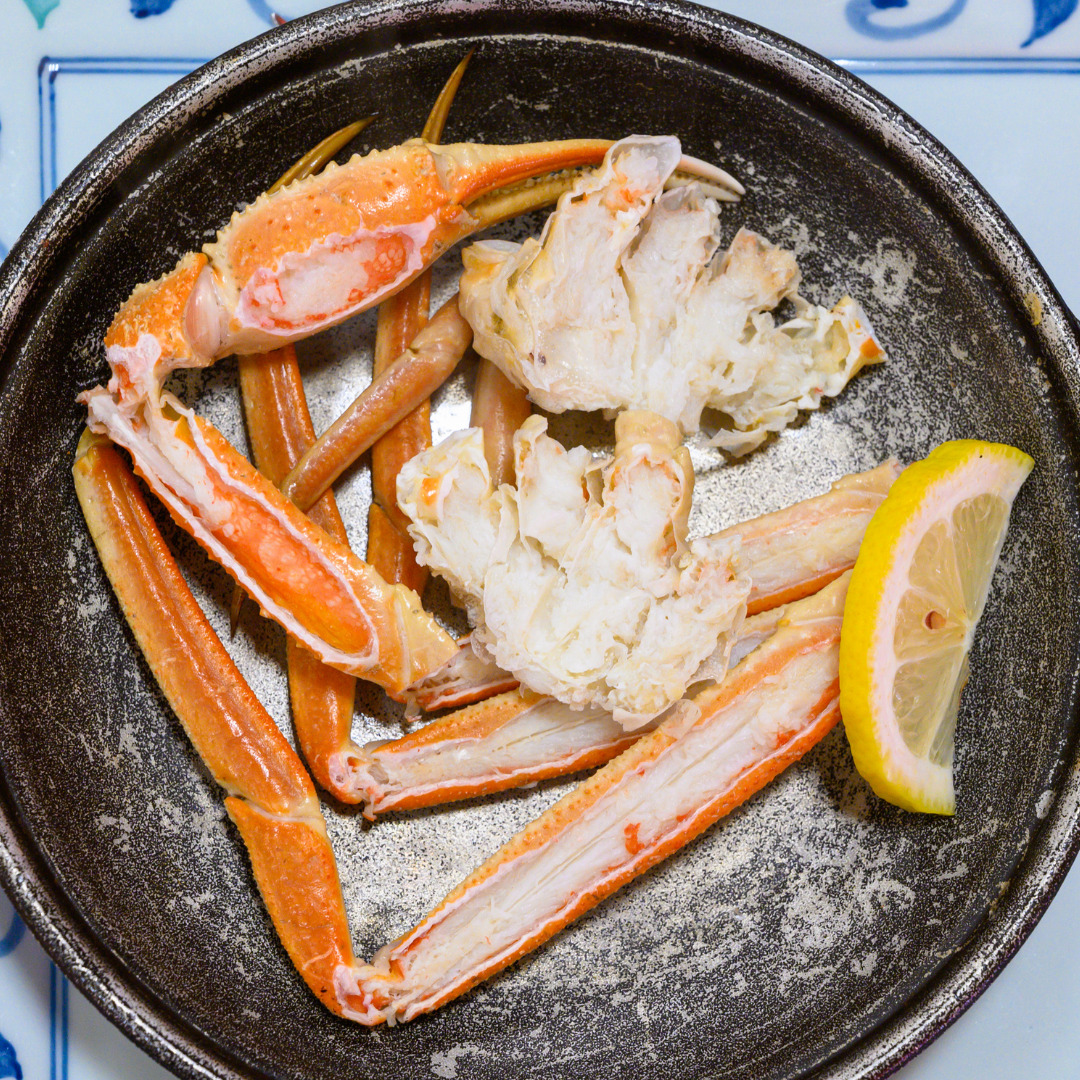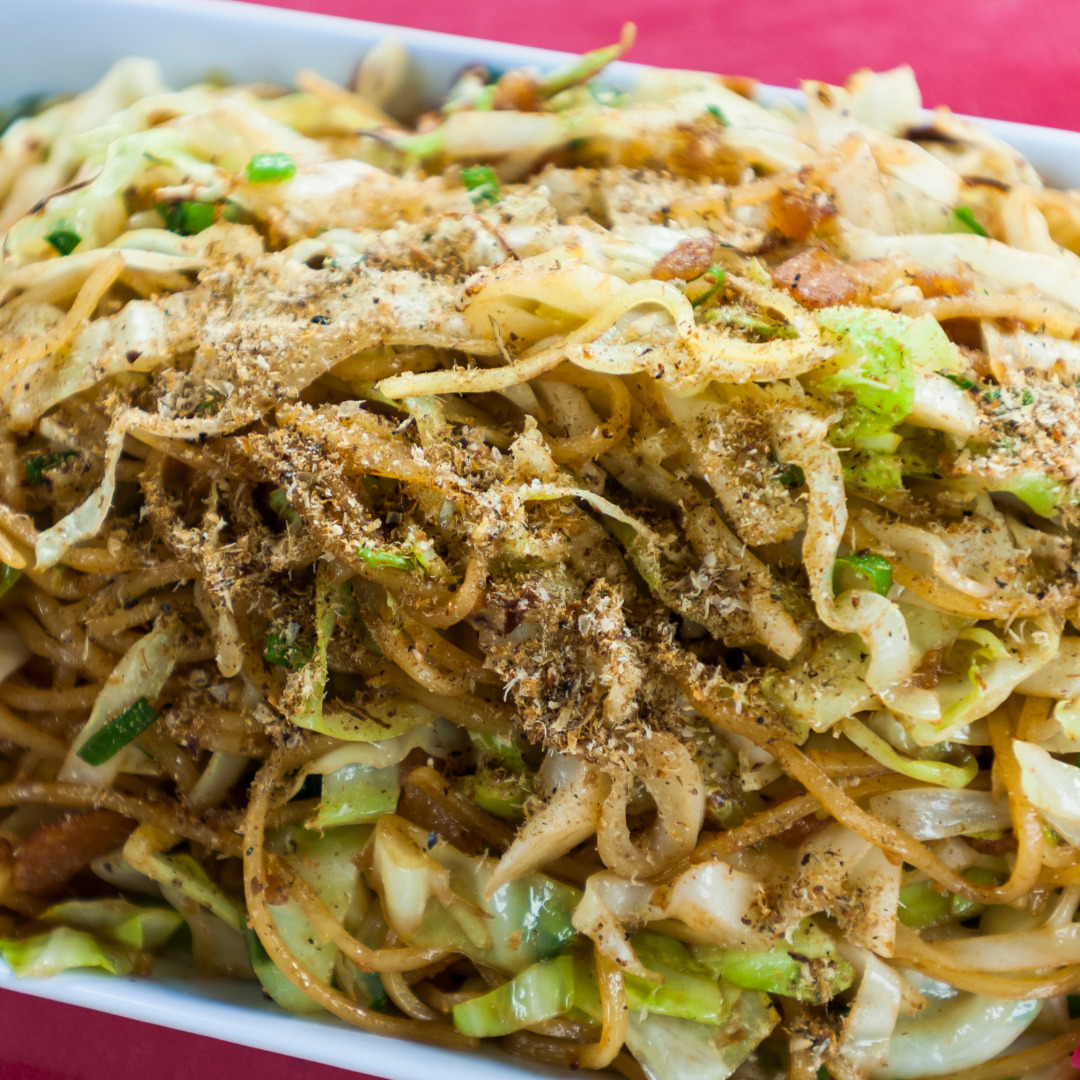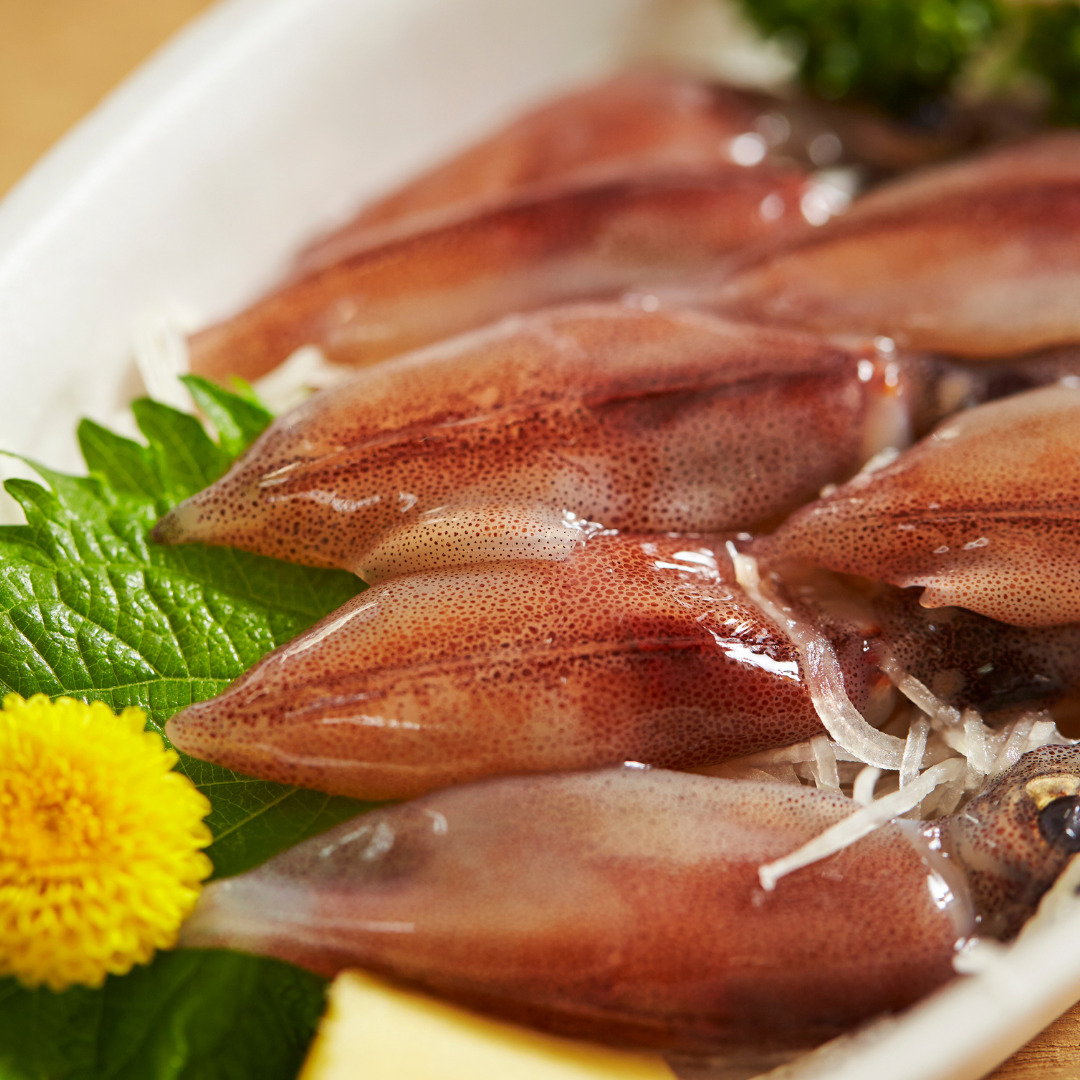30 Best local delicacies ranking (Chubu region)
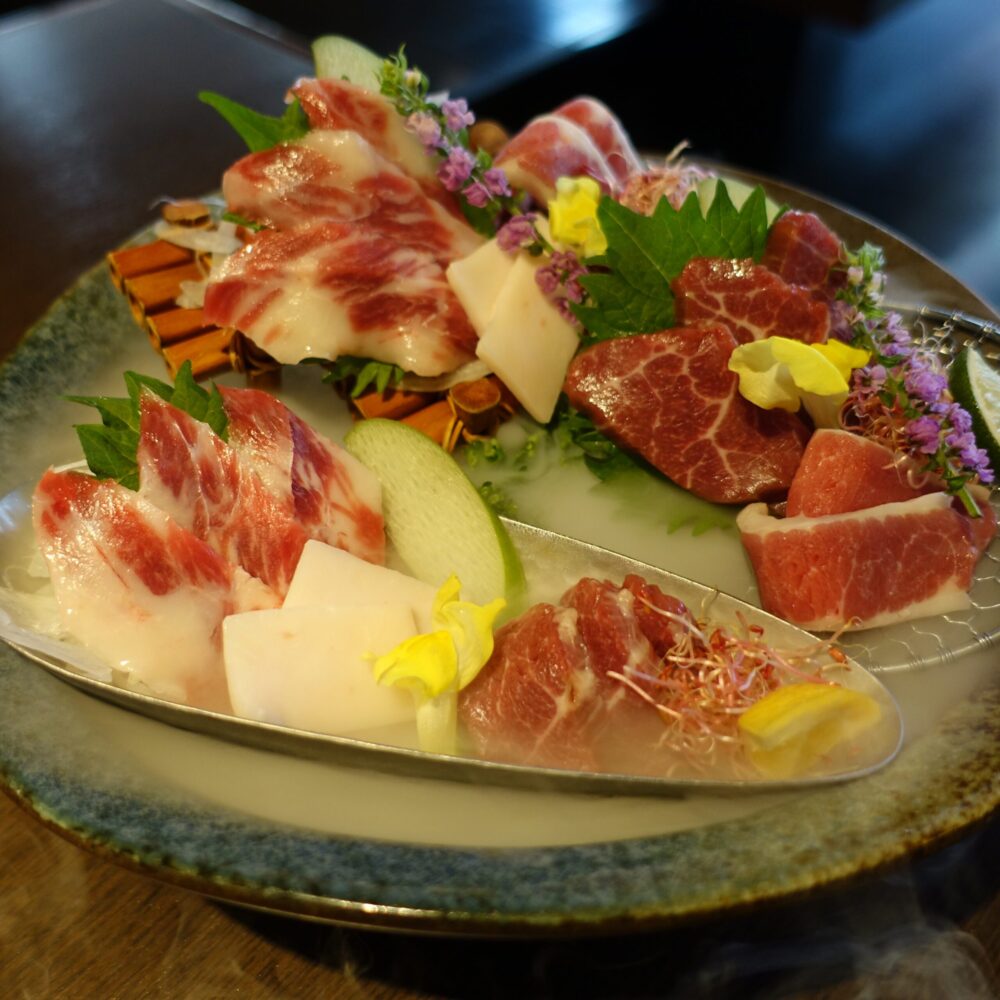
Table of Contents
1. Introduction
2. Local delicacies ranking (Chubu region)
1. Introduction
2. Local delicacies ranking (Chubu region)
1. Horse Sashimi (Yamanashi Prefecture)
2. Nodokuro (Blackthroat seaperch) (Ishikawa Prefecture)
3. Taiwan Mazesoba (Aichi Prefecture)
4. Taiwan Ramen (Aichi Prefecture)
5. Kuri-kinton (Mashed sweet potatoes with sweetened chestnuts) (Gifu Prefecture)
6. Houtou(Yamanashi Prefecture)
7. Miso Nikomi Udon (Aichi Prefecture)
8. Miso-cutlet (Aichi Prefecture)
9. Kishimen (Aichi Prefecture)
10. Sakura shrimp (Shizuoka Prefecture)
11. Chilled Ramen (Shizuoka Prefecture)
12. Salt-grilled sweetish (Niigata Prefecture)
13. Ogura Toast (Aichi Prefecture)
14. Gohei mochi (Nagano Prefecture)
15. Hamamatsu Gyoza (Shizuoka Prefecture)
16. Shingen rice cake (Yamanashi Prefecture)
17. Oyaki (Nagano Prefecture)
18. Tenmusu (Aichi Prefecture)
19. Hegisoba (Niigata Prefecture)
20. Salt-fried noodles (Ishikawa Prefecture)
21. Ton-chan (Fukui Prefecture)
22. Kobako crab (Ishikawa Prefecture)
23. Shinshu soba (Nagano Prefecture)
24. Tokoroten (Shizuoka Prefecture)
25. Doteni (Aichi Prefecture)
26. Japanese glass shrimp (Toyama Prefecture)
27. Monkfish hot pot (Niigata Prefecture)
28. Echizen crab (Fukui Prefecture)
29. Fujinomiya Yakisoba (Shizuoka Prefecture)
30. Firefly squid (Toyama Prefecture)
1. Horse Sashimi
Prefectures : Yamanashi Prefecture
|
2. Nodokuro (Blackthroat seaperch)
Prefectures : Ishikawa Prefecture
|
3. Taiwan Mazesoba
Prefectures : Aichi Prefecture
|
4. Taiwan Ramen
Prefectures : Aichi Prefecture
|
5. Kuri-kinton (Mashed sweet potatoes with sweetened chestnuts)
Prefectures : Gifu Prefecture
|
6. Houtou
Prefectures : Yamanashi Prefecture
|
7. Miso Nikomi Udon
Prefectures : Aichi prefecture
|
8. Miso-cutlet
Prefectures : Aichi prefecture
|
9. Kishimen
Prefectures : Aichi prefecture
|
10. Sakura shrimp
Prefectures : Shizuoka Prefecture
|
11. Chilled Ramen
Prefectures : Shizuoka Prefecture
|
12. Salt-grilled sweetfish
Prefectures : Niigata Prefecture
|
13. Ogura Toast
Prefectures : Aichi prefecture
|
14. Gohei mochi
Prefectures : Nagano Prefecture
|
15. Hamamatsu Gyoza
Prefectures : Shizuoka Prefecture
|
16. Shingen rice cake
Prefectures : Yamanashi Prefecture
|
17. Oyaki
Prefectures : Nagano Prefecture
|
18. Tenmusu
Prefectures : Aichi prefecture
|
19. Hegisoba
Prefectures : Niigata Prefecture
|
20. Salt-fried noodles
Prefectures : Ishikawa Prefecture
|
21. Ton-chan
Prefectures : Fukui Prefecture
|
22. Kobako crab
Prefectures : Ishikawa Prefecture
|
23. Shinshu soba
Prefectures : Nagano Prefecture
|
24. Tokoroten
Prefectures : Shizuoka Prefecture
|
25. Doteni
Prefectures : Aichi prefecture
|
26. Japanese glass shrimp
Prefectures : Toyama Prefecture
|
27. Monkfish hot pot
Prefectures : Niigata Prefecture
|
28. Echizen crab
Prefectures : Fukui Prefecture
|
29. Fujinomiya Yakisoba
Prefectures : Shizuoka Prefecture
|
30. Firefly squid
Prefectures : Toyama Prefecture
|
目錄
1、說明簡介
2、地方美食人氣排名(日本中部地區)
1、馬肉刺身(山梨縣)
2、黒鯥(赤鯥)(石川縣)
3、台灣乾拌麵(愛知縣)
4、台灣拉麵(愛知縣)
5、粟金團(愛知縣)
6、餺飥鍋(山梨縣)
7、味噌烏龍麵(愛知縣)
8、味噌炸豬排(愛知縣)
9、棊子麵(愛知縣)
10、櫻花蝦(静岡縣)
11、冷拉麵(静岡縣)
12、鹽燒香魚(新潟縣)
13、小倉吐司(愛知縣)
14、五平餅(長野縣)
15、浜松餃子(静岡縣)
16、信玄餅(山梨縣)
17、生煎包(おやき)(長野縣)
18、日式炸蝦飯糰(愛知縣)
19、剝板蕎麥麵(新潟縣)
20、鹽味炒麵(石川縣)
21、烤豬內臟(とんちゃん)(福井縣)
22、香箱蟹(石川縣)
23、信州蕎麥麵(長野縣)
24、心天(静岡縣)
25、煮牛筋(どて煮)(愛知縣)
26、白蝦(富山縣)
27、鮟鱇魚鍋(新潟縣)
28、越前蟹(福井縣)
29、富士宮炒麵(静岡縣)
30、螢烏賊(富山縣)
1、馬肉刺身
都道府縣 : 山梨縣
|
2、黒鯥(赤鯥)
都道府縣 : 石川縣
|
3、台灣乾拌麵
都道府縣 : 愛知縣
|
4、台灣拉麵
都道府縣 : 愛知縣
|
5、粟金團
都道府縣 : 岐阜縣
|
6、餺飥鍋
都道府縣 : 山梨縣
|
7、味噌烏龍麵
都道府縣 : 愛知縣
|
8、味噌炸豬排
都道府縣 : 愛知縣
|
9、棊子麵
都道府縣 : 愛知縣
|
10、櫻花蝦
都道府縣 : 静岡縣
|
11、冷拉麵
都道府縣 : 静岡縣
|
12、鹽燒香魚
都道府縣 : 新潟縣
|
13、小倉吐司
都道府縣 : 愛知縣
|
14、五平餅
都道府縣 : 長野縣
|
15、浜松餃子
都道府縣 : 静岡縣
|
16、信玄餅
都道府縣 : 山梨縣
|
17、生煎包(おやき)
都道府縣 : 長野縣
|
18、日式炸蝦飯糰
都道府縣 : 愛知縣
|
19、剝板蕎麥麵
都道府縣 : 新潟縣
|
20、鹽味炒麵
都道府縣 : 石川縣
|
21、烤豬內臟(とんちゃん)
都道府縣 : 福井縣
|
22、香箱蟹
都道府縣 : 石川縣
|
23、信州蕎麥麵
都道府縣 : 長野縣
|
24、心天
都道府縣 : 静岡縣
|
25、煮牛筋(どて煮)
都道府縣 : 愛知縣
|
26、白蝦
都道府縣 : 富山縣
|
27、鮟鱇魚鍋
都道府縣 : 新潟縣
|
28、越前蟹
都道府縣 : 福井縣
|
29、富士宮炒麵
都道府縣 : 静岡縣
|
30、螢烏賊
都道府縣 : 富山縣
|

